“Southern Alberta is a “black hole” when it comes to accessible tourism, it’s what I’d like to see change,” says Garry Brown, owner of the newly formed Rocky Mountain Wheelchair Tours, a division of 4seasons Transportation. “Accessibility laws are provincial. (So) there (is no enforcement) in our national parks. It’s all voluntary.”
Alberta Parks is aiming for inclusion, but currently their website lists only disabled access campsites. (William Watson Lodge, located in Kananaskis country, is totally accessible (I’ve stayed there), but it’s only available to people who reside in Alberta.) However, thanks to Garry’s vision I enjoyed travelling for six days from the comfort of my wheelchair in an accessible van courtesy of Rocky Mountain Wheelchair Tours.
My husband and I, and my support worker and her boyfriend landed in Calgary the end of July. They stayed with friends and we stayed at Delta Calgary South, although we had some trouble getting the room with a wheel-in shower that I had booked nearly a month before. Unfortunately, at time of booking most hotels will only take a request for a WC accessible room and will not guarantee it. (This has happened to me many times. On arrival, the accessible room has often been given away to able-bodied people and although the hotel offers you an upgrade as compensation, this doesn’t help much if you can’t get into the bed or bathroom.) So after one uncomfortable night, the room I had requested was vacated. (What if it hadn’t been available? Booking another hotel in high season is next to impossible.)
The next day however, all upset vanished as we drove south east for about 2 hours through beautiful rolling countryside when suddenly we were surprised to see the grasslands plunge into a canyon of spectacular colours from black to ochre and red – a barren moonscape gouged by glacial water at the end of the last Ice Age when rapid erosion created strange rock formations such as hoodoos and coulees. We were in the badlands or mauvaises terres as the French Canadians called them, a broad blanket extending for 200 miles into Saskatchewan. And for this Canadian who has often heard about the badlands in the United States, it was a surprise to find out that they exist here and moreover, are renowned for having the richest fossil beds in the world.
In this stunning landscape, which millions of years ago had a humid subtropical climate much like North Carolina does today; teams of paleontologists have been uncovering Alberta’s cretaceous history since the 1800s. Dinosaur Provincial Park, now a UNESCO world Heritage site, gives visitors a chance to participate in a fully authentic dinosaur dig, sleep under the stars at the campsite, hike the natural preserve and climb the hoodoos.
On a wheelchair accessible bus tour of the park we saw partially excavated 47 million-year-old dinosaur skeletons. In fact, bones scattered around looked like rocks until our guide told us to look for the mineralized honeycomb-like pores on the surface of the ‘rocks’. Many of the over 120,000 specimens that have been found are now in the world’s largest paleontological research facility, the Royal Tyrell Museum. The museum houses spectacular displays of dinosaur skeletons. Since Joseph Tyrell unearthed the skull of a meat eating lizard – later named Albertosaurus – discoveries have included: a new species of horned dinosaur, North America’s first feathered dinosaur, a new species of fossil fish, and many others.
Note: the park is NOT located near Drumheller. It takes about 2 hours from the park to get to Drumheller and the Tyrell Museum. I recommend going to Dinosaur Park and the museum on separate days. Also, unlike the park which has many tours and trails (not all of which are accessible), the museum tours of the badlands do not accommodate people in wheelchairs.
The next day took us to Waterton Lakes National Park, and along the way we stopped at the historic Bar U ranch (a few buildings of which were accessible). Waterton Lakes is home to western Canada’s first oil well, a bison paddock where we spotted a few bison in the distance, and the Prince of Wales hotel, to name only a few attractions. We didn’t make it to Head-Smashed-in Buffalo Jump – where 6000 years ago Plains Indians stampeded buffalo over the cliffs to their death – but I heard it was very worthwhile and accessible.
The historic Prince Of Wales Hotel, built in 1927, is the area’s most recognized landmark. It stands isolated on a bluff overlooking a spectacular vista of mountains, lakes, and prairie. Nearby, visitors can take a boat tour Into Glacier Park, Montana USA. Unfortunately, the boat could not accommodate my power WC.
We also took a drive along scenic Red Rock Parkway through a canyon of brilliant red argillite. Linnet Lake is another roadside gem that sits on the north edge of the townsite across the road from the park ranger station just north of the visitor centre. It’s a short walk on a paved (but rough) trail around the lake and is almost completely sheltered from Waterton’s famous winds. For a list of WC accessible trails get the ranger guided activity guide available throughout the park
No trip to Alberta would be complete without driving the Columbia Icefield Parkway from Lake Louise to Jasper. It is one of the most scenic drives in the world; in fact, National Geographic identified the whole Banff-Jasper route as one of their 20 drives of a lifetime. Scenic stops along the way include beautiful Peyto Lake which has a paved but very steep path out to the viewing area. And although we didn’t stop this time, Johnston Canyon, Bow Summit, Storm Mountain and Lake Minnewanka are some of the more traditional stops for ‘wheelies’.
Note: the Banff and Jasper gondolas are WC accessible with the following exceptions: Banff – the path leading to a second viewing area is not accessible and in Jasper the second floor of the upper terminal where the restaurant is located is not accessible, nor is the dirt trail to the summit.
A ‘must-see’ along the way is the Columbia Icefield, even though it has receded a lot in recent years. Brewster bus lines has a WC accessible snow coach to get you right out onto the glacier. Since we did not want to pay the $55 each for the tour we drove our van across the road hoping to get close to the glacier. Unfortunately, my WC could not navigate the path but, since I had done the bus tour before, I was content to sit on the deck at the Discovery Centre and look out across the glacier. Our friends also tried to hike up to the glacier but were stopped by a rushing river.
The newest attraction, the Glacier Skywalk, is a glass-floored bridge that takes visitors out over the Sunwapta River gorge. But despite the name, the views here are not any better than those that are available for no additional charge along the Icefields Parkway.
Our last stop before leaving Alberta was Jasper where we stayed at the Jasper House Bungalows. Our cabin, which accommodated two couples, had two steps however; they made a very nice ramp for my wheelchair. Be sure to drive out to the stunning azure-coloured Maligne Lake and take a boat tour. The tours are listed as being accessible but the paved path around the lake is only partially accessible.
If you go
Alberta Parks Accessibility
http://www.pc.gc.ca/eng/pn-np/ab/jasper/visit/accessible.aspx
Accommodation
Columbia glacier tour
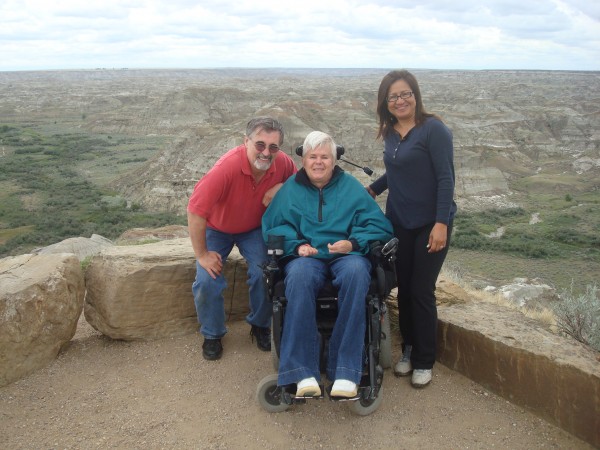
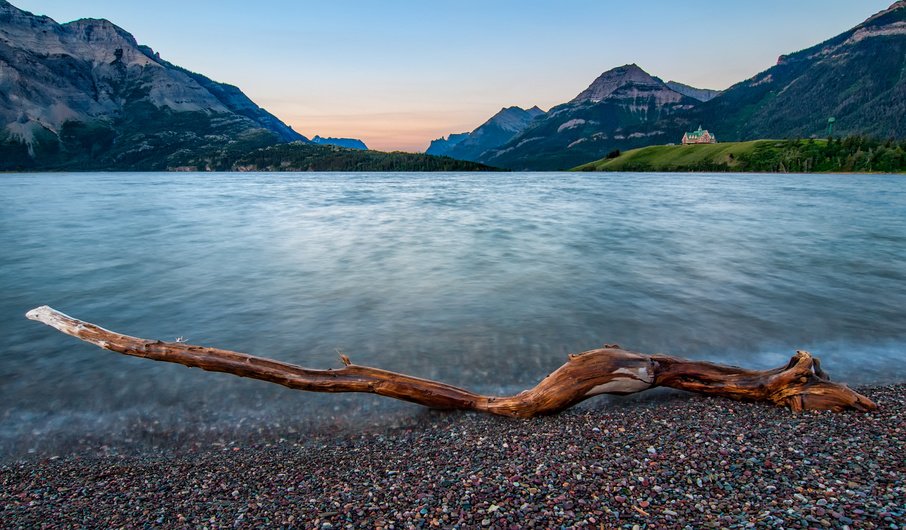

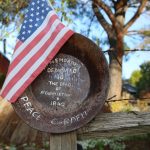

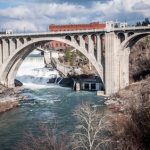
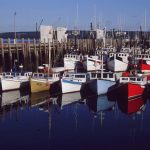
Leave a Reply